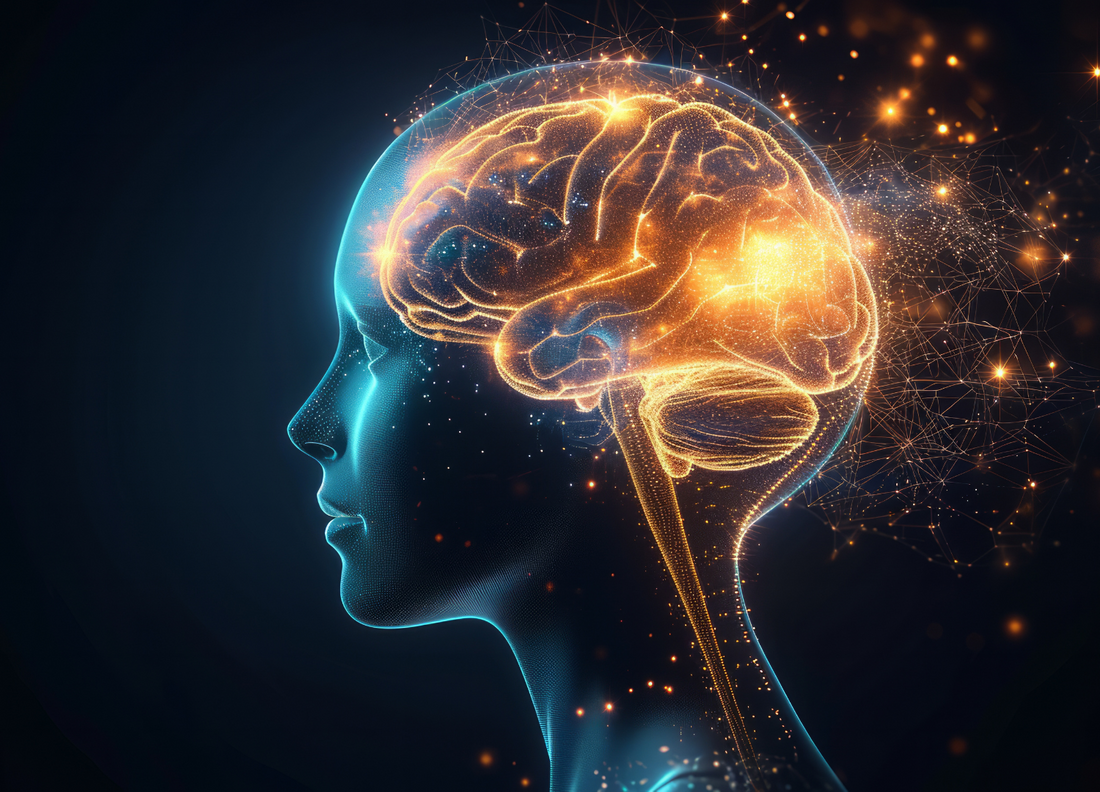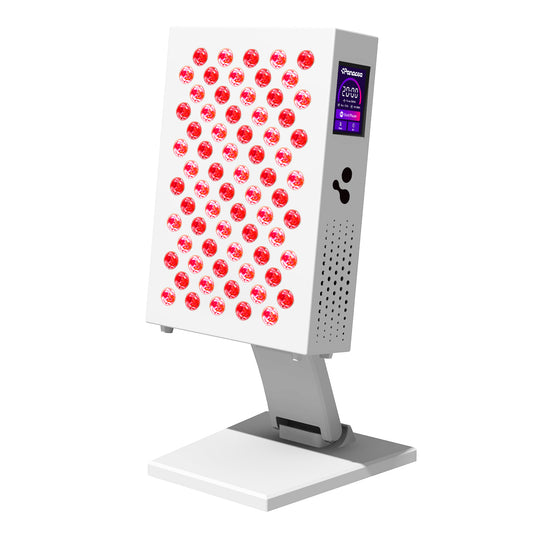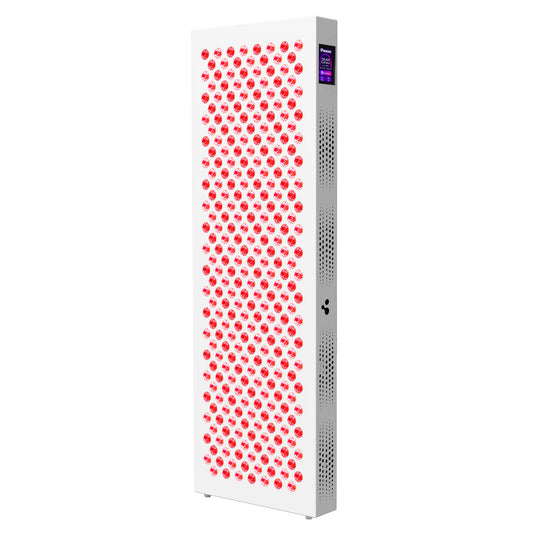
A New Light on Brain Health: The Role of Red Light Therapy in Brain Disorders
Red light therapy, once best known for its applications in skin and muscle treatments, is now attracting attention in neuroscience. This therapy, which uses low levels of red or near-infrared light, shows promising results in supporting brain function and addressing various neurological conditions.
The Science Behind Red Light Therapy: Red light therapy works at the cellular level. The light stimulates mitochondria, which can lead to increased energy production in the brain cells. This energy boost can help repair and regenerate cells, contributing to better neural health.
Effects on Various Brain Disorders:
- Cognitive Decline and Dementia: Studies have shown that red light therapy has potential in improving cognitive function in the elderly, including those suffering from cognitive decline and early stages of dementia. The therapy could help improve memory, attention, and processing speed.
- Traumatic Brain Injury (TBI): In TBI, red light therapy can help by reducing inflammation and promoting cell repair. This can be critical in the early stages after the injury to limit long-term damage.
- Depression and Anxiety Disorders: Early research suggests that red light therapy may help reduce symptoms of depression and anxiety, possibly by improving energy production in the brain and reducing inflammatory processes.
- Neurodegenerative Conditions such as Parkinson's and Alzheimer's: There is some evidence that red light therapy may have neuroprotective effects, which may be useful in slowing the progression of neurodegenerative conditions such as Parkinson's and Alzheimer's.
How to Use Red Light Therapy for Brain Health: Red light therapy can be used at home or in a clinical setting. It is important to use the correct equipment and to follow the recommended treatment protocols, such as the duration and frequency of therapy.
Conclusion: Red light therapy offers an exciting and promising approach to supporting brain health and addressing a range of brain disorders. Although the field is still developing, these early findings open new doors to potentially life-changing treatments.







